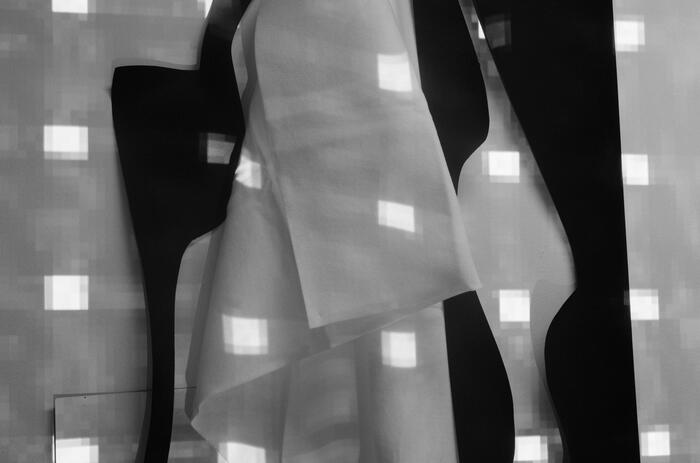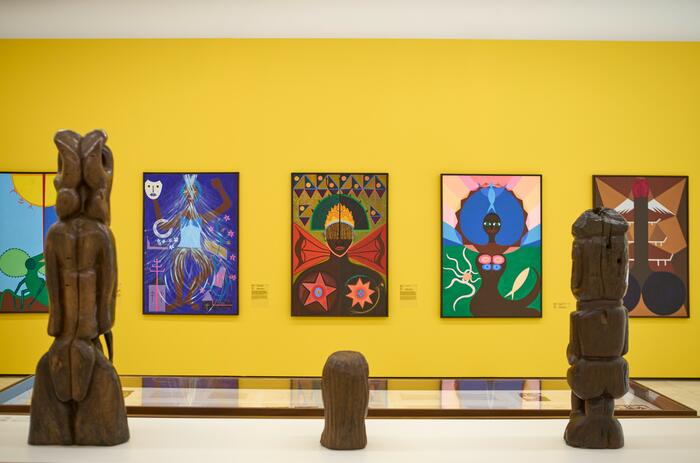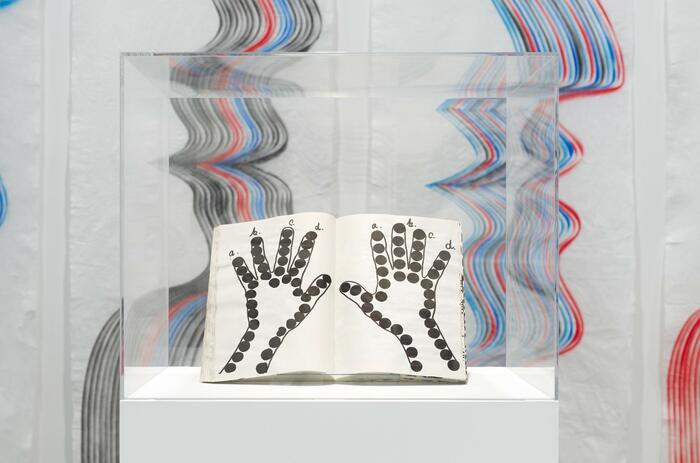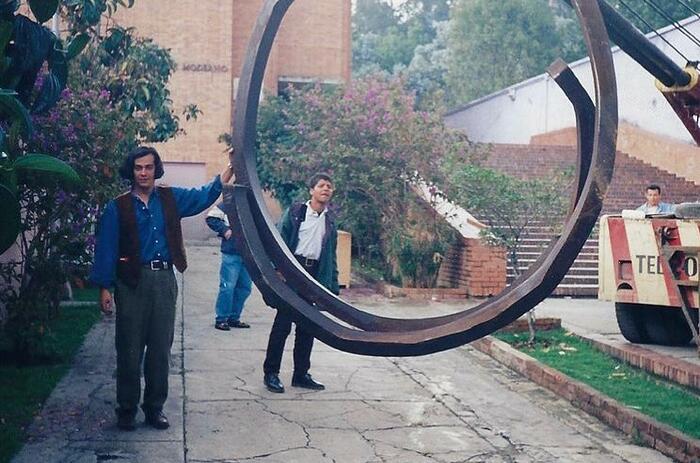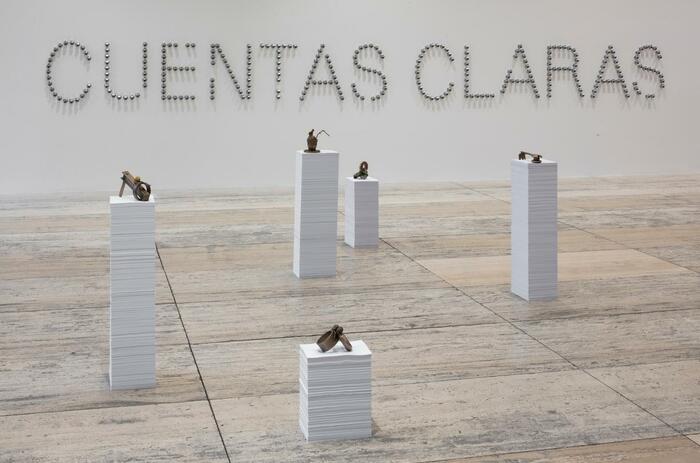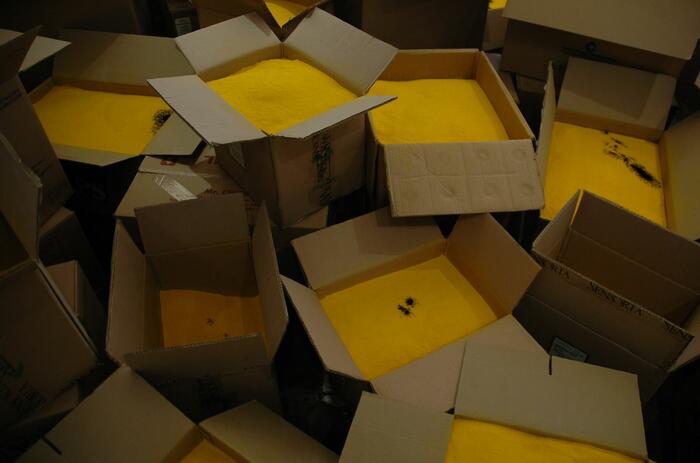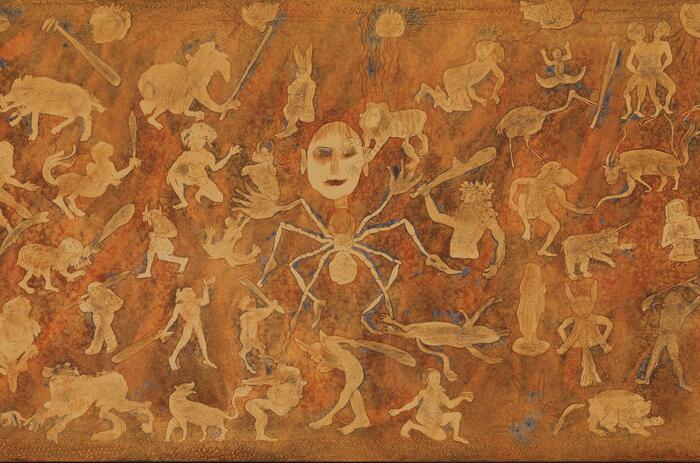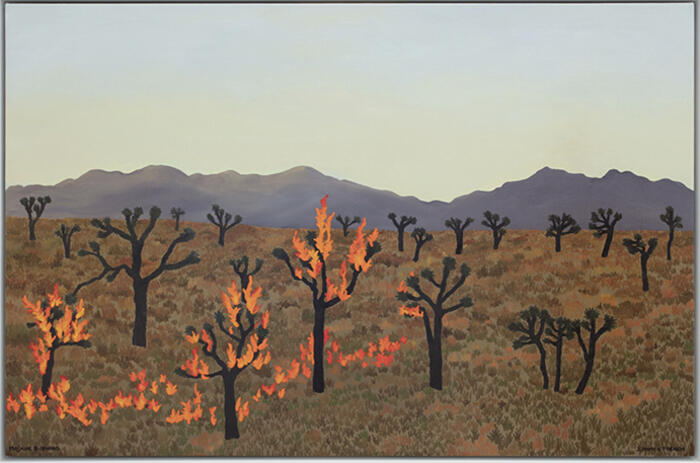BLANTON MUSEUM PRESENTS MAJOR EXHIBITION OF ANCIENT MAYA ART
The Blanton Museum of Art at The University of Texas at Austin presents Forces of Nature: Ancient Maya Art from the Los Angeles County Museum of Art, an exploration into the rich world of the supernatural in Maya art of the Classic period (250–900 CE), featuring 200 objects from LACMA's renowned collection of Ancient American art.
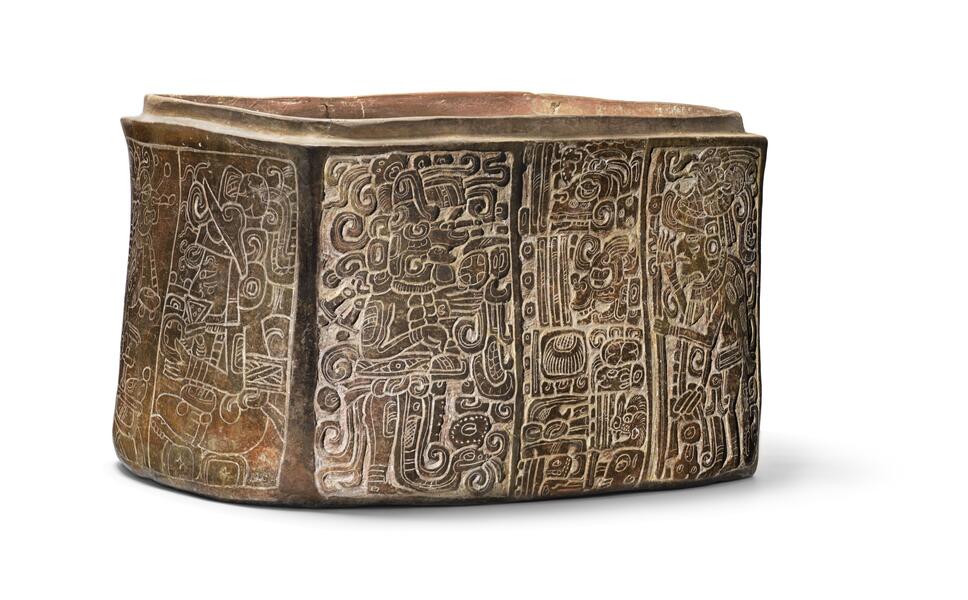
Opening August 27, 2023 at the Blanton, Forces of Nature is the second major exhibition of Maya art to be presented in the U.S. within the last decade. The Blanton will be the first and only museum in the U.S. to present the exhibition, which traveled to three venues in China in 2018 and 2019; it will remain on view through January 7, 2024.
As in other Mesoamerican cultures, for the Maya, supernatural entities were manifestations of elements of the natural world, including weather phenomena such as the sun, rain, wind, and lightning; staple crops like maize; and animals such as the jaguar and monkey. Forces of Nature presents how ancient Maya artists, who lived in the area now known as Belize, El Salvador, Guatemala, Honduras, and Mexico, depicted these supernatural entities and how Maya kings, queens, and royal courts actively engaged with them to reinforce their own power.
"Forces of Nature is the first major exhibition at the Blanton dedicated to art of the ancient Americas in more than a decade and an incredible opportunity for many in Central Texas to see ancient Maya artworks in person for the first time," said Blanton Director Simone Wicha. "This large selection of works shows the grandeur of an ancient and resilient culture that in many ways is still alive in a large region ranging from Mexico to Honduras. Forces of Nature makes these fascinating objects accessible to the public while also providing a wealth of learning and teaching opportunities for educators and students across the region, especially here at UT Austin, home to one of the most highly regarded Ancient Maya studies programs in the world".
-
Guatemala, Escuintla, Teotihuacan-Style Censer with Ancestor and Storm God, 300–600 CE, Ceramic with post-fire pigment, 11 x 9 x 9 3/8 in., Los Angeles County Museum of Art, purchased with funds provided by Camilla Chandler Frost, photo © Museum Associates / LACMA.
-
Guatemala, Petén, Whistle with Ruler, Bicephalic Serpent, and Ballplayers, 600–900 CE, ceramic with post-fire pigment, 2 3/4, 6 4/5 x 3 x 4 in., Los Angeles County Museum of Art, purchased with funds provided by Camilla Chandler Frost, photo © Museum Associates / LACMA.
-
Guatemala or Mexico, Petén or Chiapas, vicinity of Piedras Negras, Mortuary Panel, 687–800 CE, limestone, 22 1/2 x 22 x 4 in., Los Angeles County Museum of Art, Anonymous gift, photo © Museum Associates / LACMA.
The exhibition focuses on portable works, including an exemplary selection of painted ceramic vessels that portray scenes from Maya cosmology and royal life. Several of these vessels importantly feature Maya hieroglyphs, a sacred element employed to identify figures and historical events, thus connecting humans to the divine. The ancient Maya writing system is one of the only Mesoamerican scripts largely deciphered, thanks in part to significant breakthroughs by researchers at UT. The exhibition curator Megan E. O'Neil, Assistant Professor of Art History at Emory University and Faculty Curator of the Art of the Americas, is a UT Austin alumna (MA Art History, 1999).
Also featured in the exhibition are greenstone jewelry, stone sculptures, and ceramic whistles constructed as figurines. While Maya art is the focus of the exhibition, select Aztec, Olmec, and Zapotec objects are included from other areas of Mesoamerica, a historic area that encompassed diverse Indigenous groups living in modern-day southern Mexico, Guatemala, Belize, El Salvador, western Honduras, and the Pacific lowlands of Nicaragua and northwestern Costa Rica.
"Art and the sacred were intertwined for the ancient Maya and so these objects convey beliefs and ritual practices as were experienced centuries ago," said Rosario I. Granados, Marilynn Thoma associate curator of art of the Spanish Americas, who is managing the exhibition at the Blanton. "Although these objects are more than a thousand years old, the Maya understanding of nature as both a source of nourishment and danger will resonate with audiences today, especially with recent headlines about extreme weather events and an increasing appreciation for our environment. There's lots to learn and discover from these ancient artworks, which have such a strong connection to contemporary Maya culture today".
-
Guatemala, Petén, Plate with Supernatural Monkey, 600–900 CE, slip-painted ceramic, 12, 2 3/10 x 12 in., Los Angeles Museum of Art, purchased with funds provided by Camilla Chandler Frost, photo © Museum Associates / LACMA.
-
Guatemala, Petén, possibly Tikal or Petén Lakes region, Cylinder Vessel with Water Lily Serpent, 700–800 CE, slip-painted ceramic, 8 x 4 5/16 in., Los Angeles County Museum of Art, purchased with funds provided by Camilla Chandler Frost, photo © Museum Associates / LACMA.
-
Guatemala, Northern Petén, Carved Box with Deities, 450–550 CE, slip-painted ceramic with post-fire pigment, 10 3/4, x 17 3/4 x 14 in., Los Angeles County Museum of Art, purchased with funds provided by Camilla Chandler Frost through the 2008 Collectors Committee, photo © Museum Associates / LACMA.
-
Guatemala, Escuintla, Cacao Pod Vessel, 300–600 CE, slip-painted ceramic, 3 1/2, 5 3/10 x 3 x 3 1/5 in., Los Angeles County Museum of Art, purchased with funds provided by Camilla Chandler Frost, photo © Museum Associates / LACMA.


